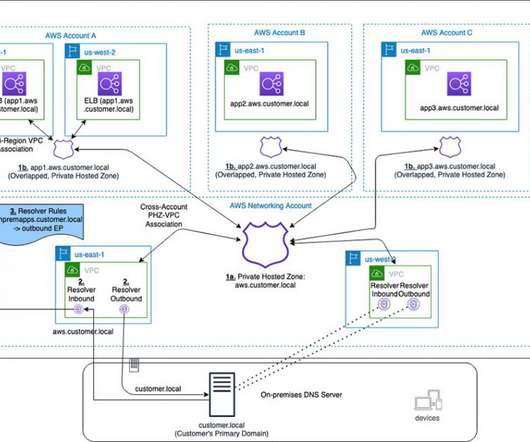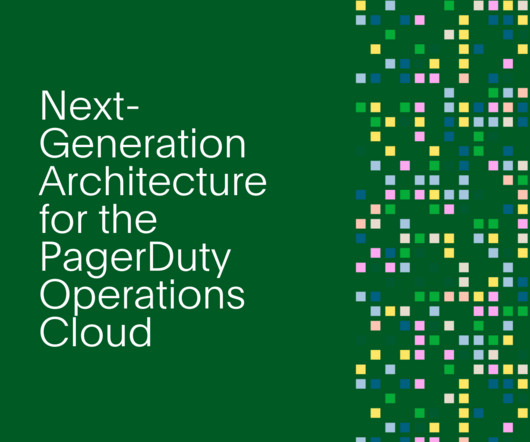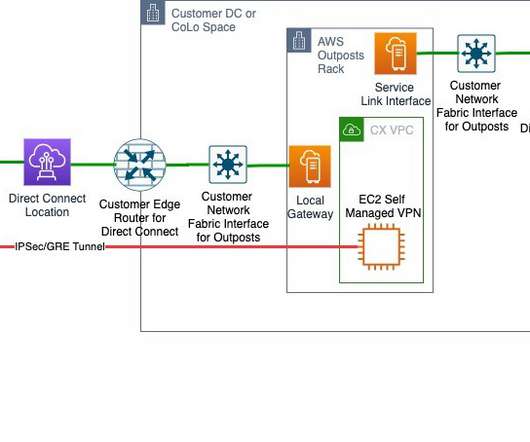Journey to Adopt Cloud-Native Architecture Series: #3 – Improved Resilience and Standardized Observability
AWS Disaster Recovery
APRIL 27, 2021
In this blog, we talk about architecture patterns to improve system resiliency, why observability matters, and how to build a holistic observability solution. Increase resiliency. In the following sections, we show you the steps we took to improve system resiliency for our example company. Predictive scaling for EC2.














Let's personalize your content